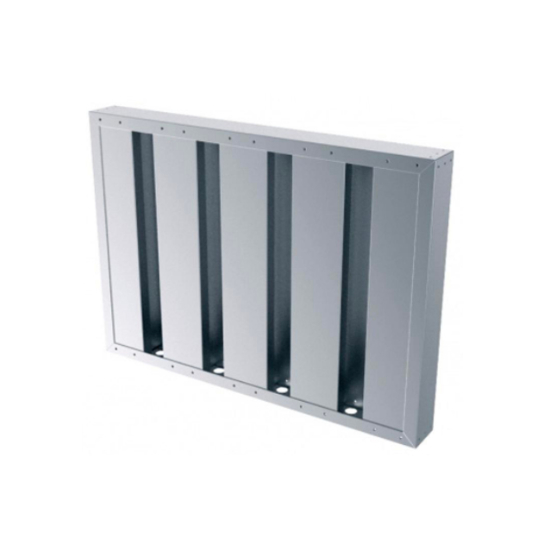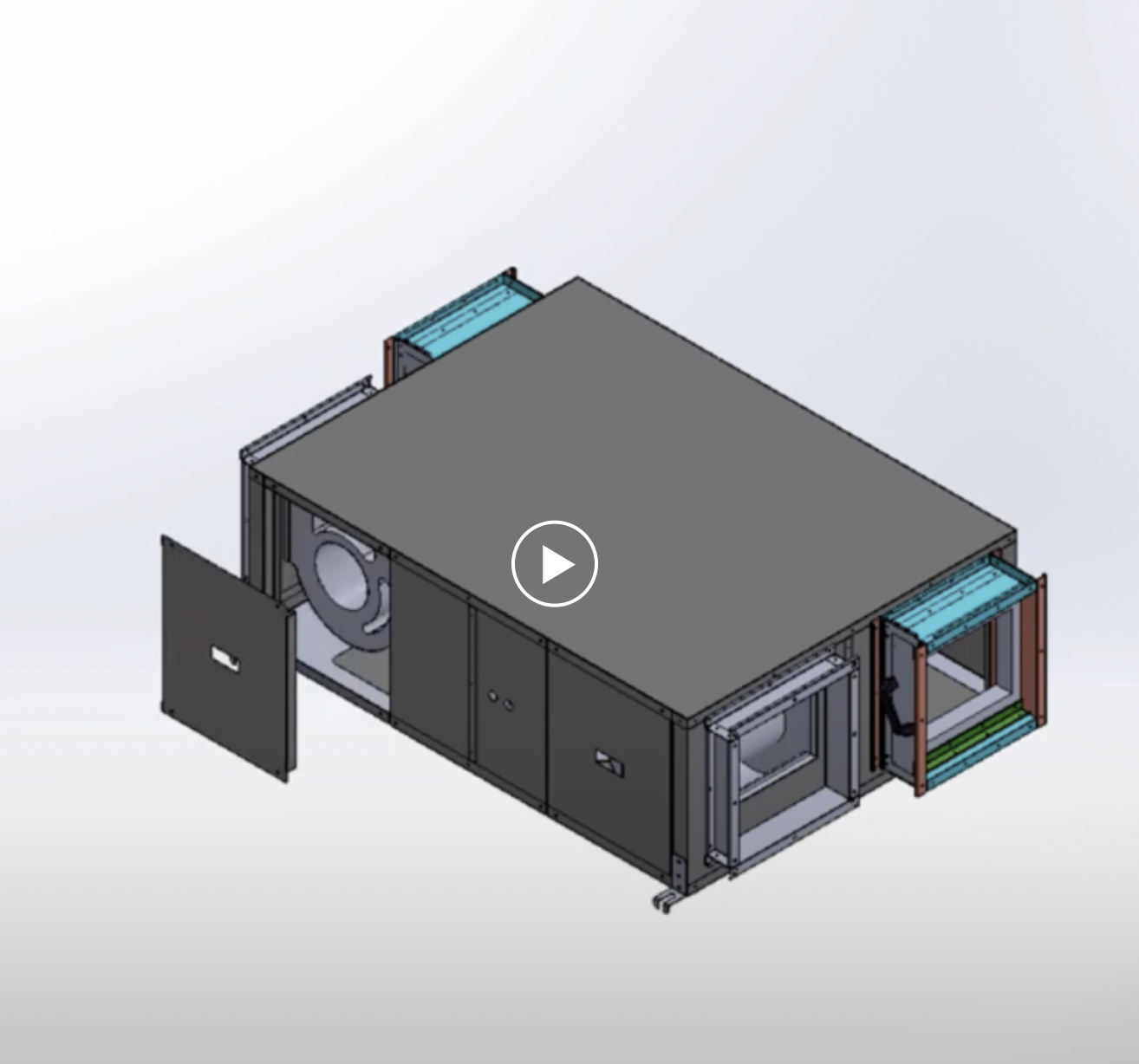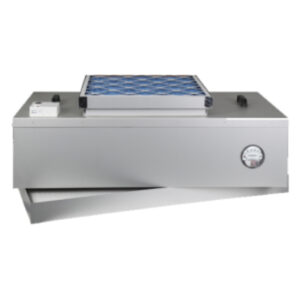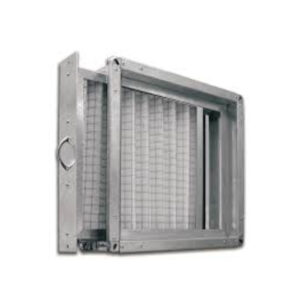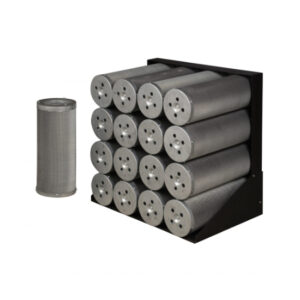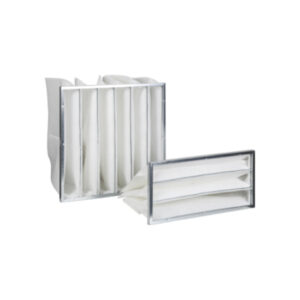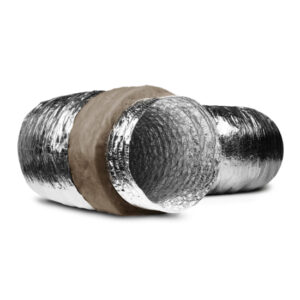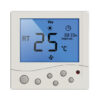-
A frequency inverter changes output voltage frequency and magnitude to vary the speed, power, and torque of a connected induction motor to meet load conditions. A typical frequency inverter consists of three primary sections:
You may notice that The Figure looks suspiciously similar to that for a double conversion UPS. In fact, the primary difference between the two is that the controls for inverter section in a UPS attempt to maintain consistent voltage and frequency output regardless of current output as opposed to varying voltage and frequency with generally consistent current output to speed up or slow down a motor load. Consequently, frequency inverters are typically rated in terms of maximum current output, while UPSs are rated in terms of power output.
Although the exact configuration of each section of the frequency inverter may vary from manufacturer to manufacturer, the basic structure remains the same. The rectifier section consists of an array of fast-acting switches that convert an incoming ac voltage supply to a pulsating dc voltage. The intermediate circuit consists of a dc bus and associated circuitry to stabilize and smooth the pulsating rectifier output. The dc bus voltage is roughly 1.414 times greater than the incoming ac supply voltage, depending on design type. This dc bus voltage is made available to the inverter section, which synthesizes an ac sine wave voltage output from the dc bus voltage
Products
Air Handling Units

